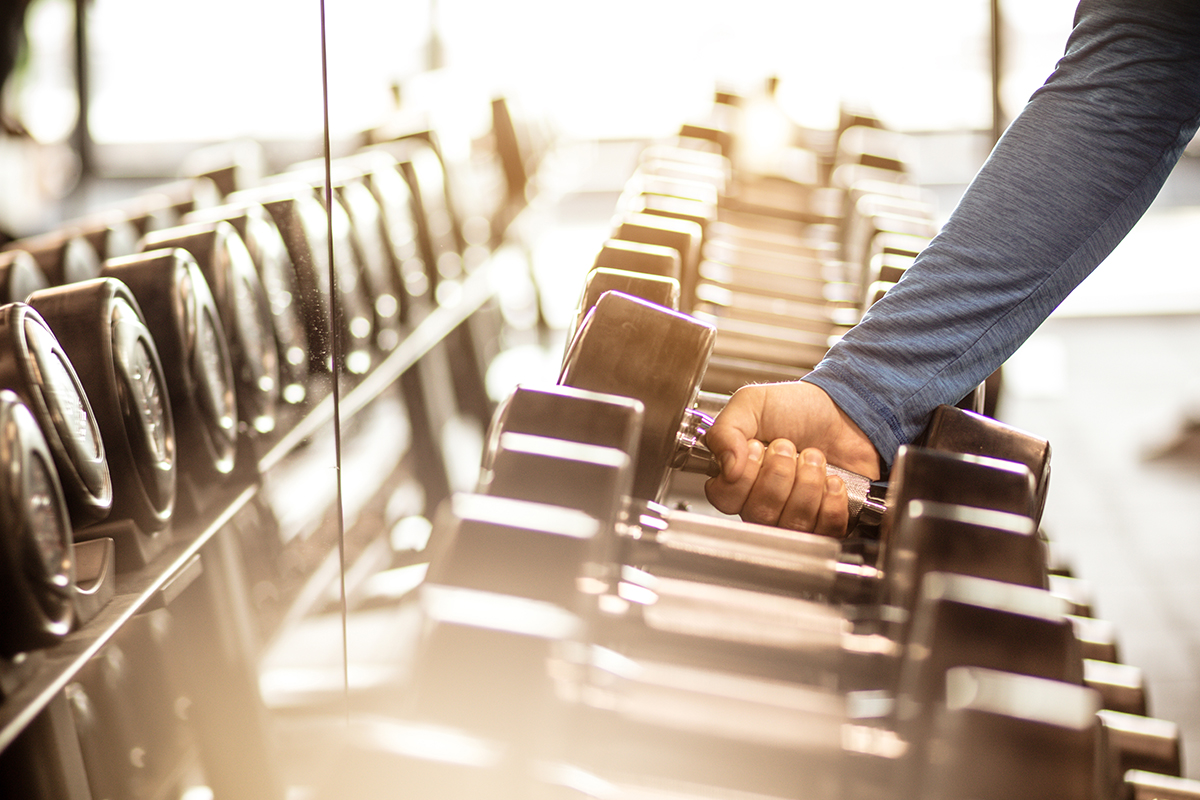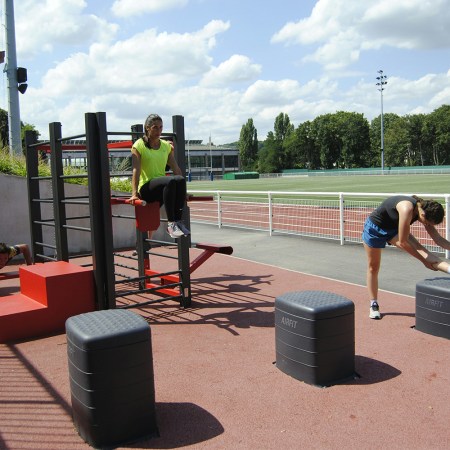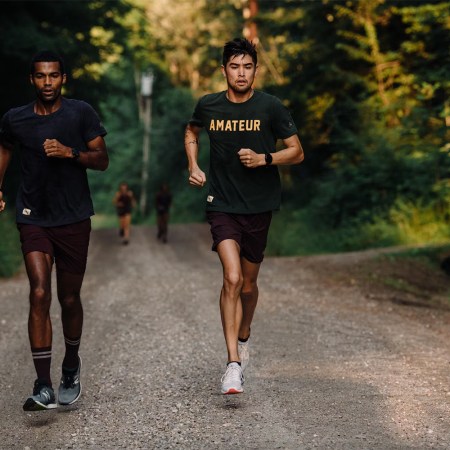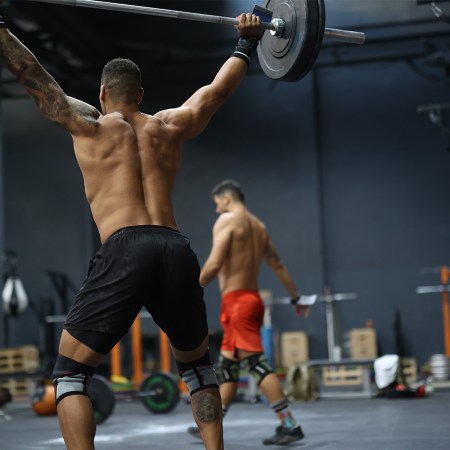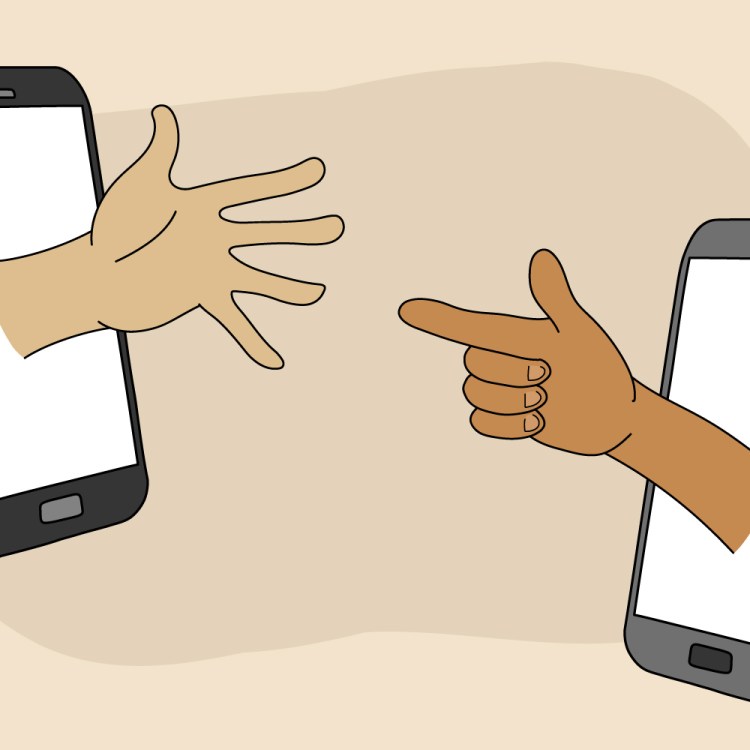I was in the middle of a track workout last winter — four one-mile repeats at half-marathon pace — when the running club’s coach asked everyone to take off their GPS watches. “No Strava, just for these last two,” he said. The idea was to rely on our pacing instincts. To focus on feel, instead of anxiously eyeing our wearables every time we rounded the final straight. This venture turned into a bit of a disaster on the penultimate mile; we ran considerably quicker than we were supposed to. But on the final mile, we adjusted accordingly, and crossed the finish line at the exact intended clip.
It was a useful exercise. Not only because it took tech out of the workout for a few minutes (something worth trying this year) but because it forced us to rely on our instincts and memorize the effort and form required of our bodies to achieve a specific time. I’ve found myself reflecting on that pacing experiment over the past several months as I’ve engaged in a different kind of exercise: strength training.
At times during the pandemic, it’s felt extremely difficult to establish a consistent, successful weight lifting rhythm. There are obvious road blocks in play — limited gym access, PT sessions on the back burner, a nation-wide equipment shortage — but it’s more granular than even that. The absence of one specific “tool,” the classic, wall-to-wall length fitness center mirror, has changed the look and feel of lifting, while raising an important question: Is it possible to have a successful lift without a mirror to look at? Similar to my track workout, could lifting blind actually be an asset to a strength training? Or does resolving to “make do” just lead to inevitable injury?
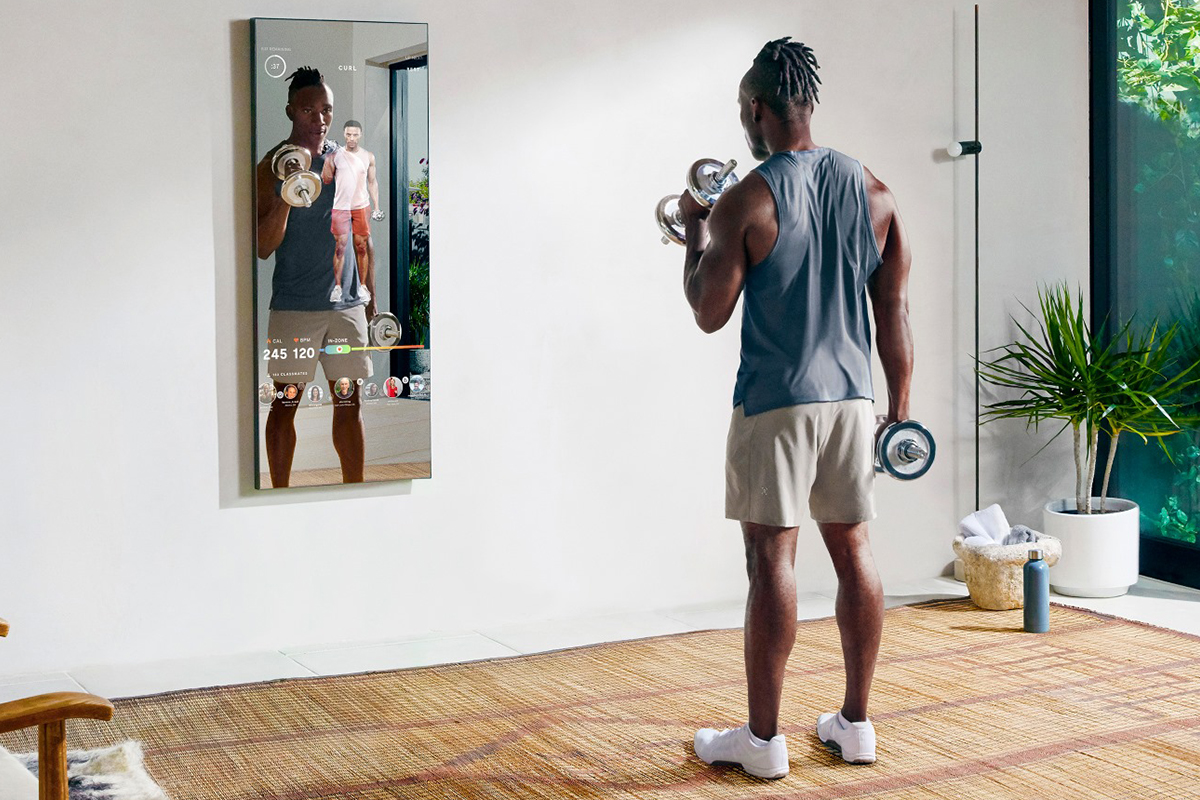
Mirrors are everywhere in the fitness world. Weight rooms, yoga and barre studios, and boxing gyms all routinely offer trainees the option to check their reflections during a workout. Every open gym I’ve ever lifted at has had a 20-something-foot mirror situated just beyond a rack of dumbbells. There’s a reason one of the hottest startups in the world of wellness, acquired by lululemon last year for $500 million, is called MIRROR. The at-home, connected fitness apparatus invites a highly familiar mode of training: come hither, stand in front of this shiny plane and curl things. It’s also an actual mirror, by the way. You can monitor your movements at the same time that you follow along with a trainer-led session.
The primary appeal of working out in front of a mirror is that it compels a system of checks and balances. It’s a personal trainer reminding you to drop your chin, relax your shoulders and puff your chest during a squat. It’s a life coach pointing out the absence of sweat on your brow — am I really working hard enough right now? Of course, for those who work out only once in a while, the mirror, which never lies, might feel sobering, intimidating, or even crushing. This even applies to people in “fantastic shape.” Recent research into body dysmorphia amongst men suggests that many frequent gym-goers can spend years fixated on a single body part, convinced that it doesn’t look up to snuff.
Still, as someone with a healthy relationship with the oversized gym mirror, I struggled at first to replicate my strength training workouts this year. It’s not that the entire workout is doomed. I’ve never needed a mirror for the bench press, or push-ups. But there are certain exercises, like overhead tricep extensions, shoulder press, and jumping rope, which I have spent years performing in front of a mirror. Lifting in mirrorless, makeshift home set-ups the last 10 months — in driveways, garages and basements — has forced me to attempt these movements without my usual safety net. If I want them, this is how I can have them. At times, I searched for my shadow on the ground, or oriented myself in front of a door with dark glass. I did these things automatically, without thinking. It felt like my best shot at doing the exercise the right way.
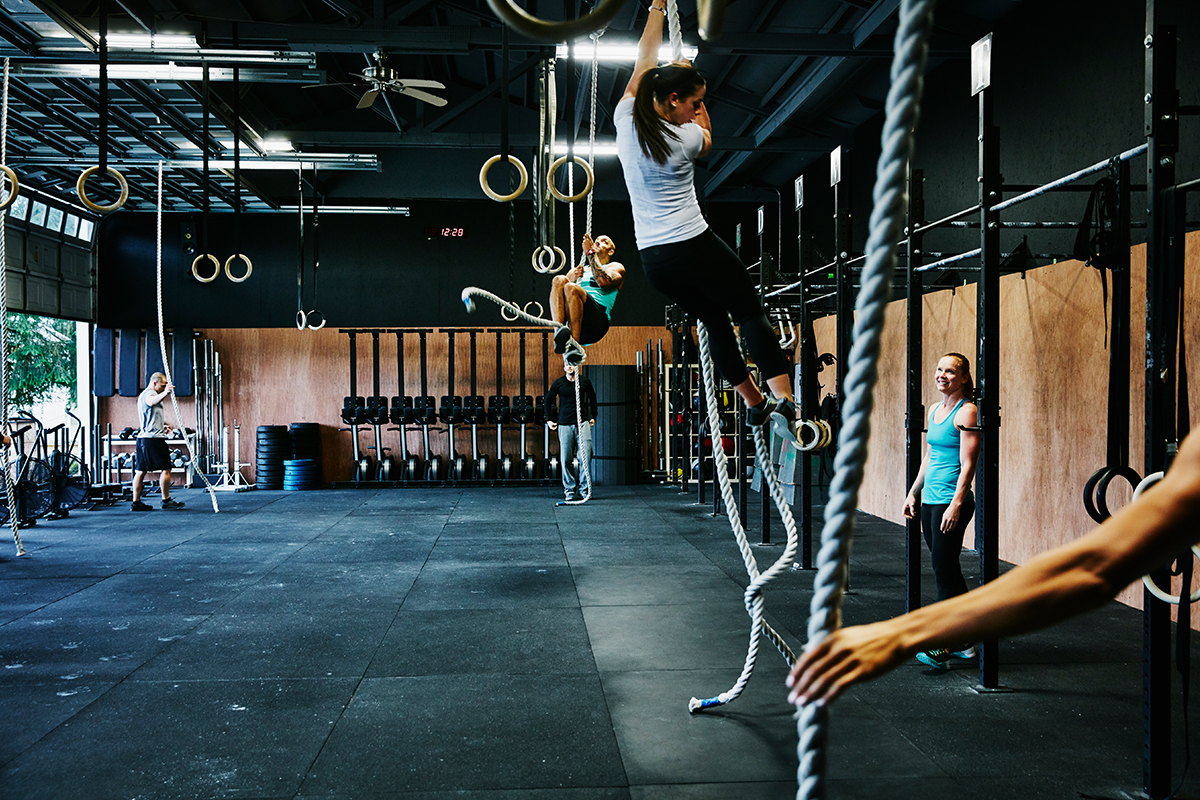
It’s fascinating, then, to consider that many in the lifting community swear by training sessions entirely devoid of mirrors. Barebones CrossFit gyms (colloquially known as “boxes”), don’t have any mirrors. Olympian powerlifters deliberately turn away from mirrors when squatting. Why? Well — beyond the fact that that weightlifters don’t use mirrors when actually competing —— it’s because lifting with a mirror can interfere with kinaesthesia, also known as proprioception, which refers to one’s acute awareness of the movement of his or her body. It’s the mechanosensory explanation for how we perform tasks, be they mundane or athletic, on “feel.” You scratch your elbow while crossing the road. You swing a hammer at a tire. Neurons fire in muscles and joints, in kind.
As the thinking goes, a mirror, while helpful for learning how to lift weights, can interrupt this process. Trainees should trust the movements in their backs and shoulders. They should prioritize mind-muscle connection. They should embrace “external focus”; follow how your weight moves through space, the way you’d watch the progression of a free throw. Relying too heavily on a mirror can also result in faulty visual feedback, by which you overcompensate or overcorrect in response to what you think the projection is showing you. Plus, there are times where, logistically, you just shouldn’t be looking at a mirror at all. Consider a move where you need to lean forward, during a deadlift or a kettle swing. You ought to be staring at the ground 10 feet in front of you in order to maintain a neutral spine — not winking at yourself. Ironically, that’s one situation where lifting with a mirror could actually cause an injury.
The workout-from-home era is an opportunity to get acquainted with those moves you once couldn’t imagine doing properly without a mirror. Don’t wait for your reflection to show you things you need to fix. Sense them. It’s not mumbo jumbo. It’s just your body. You don’t need a mirror in order to make adjustments when you’re shoveling a driveway. If you’re still looking for personal notes or motivation, set up your phone on a ledge and record your workout. Study it later on, when you have a free moment. But for now, try to welcome your next mirror-free session. It could feel ugly at first, like that first ride after the training wheels come off, but in the long run, it’ll help you get where you need to be.
Whether you’re looking to get into shape, or just get out of a funk, The Charge has got you covered. Sign up for our new wellness newsletter today.
